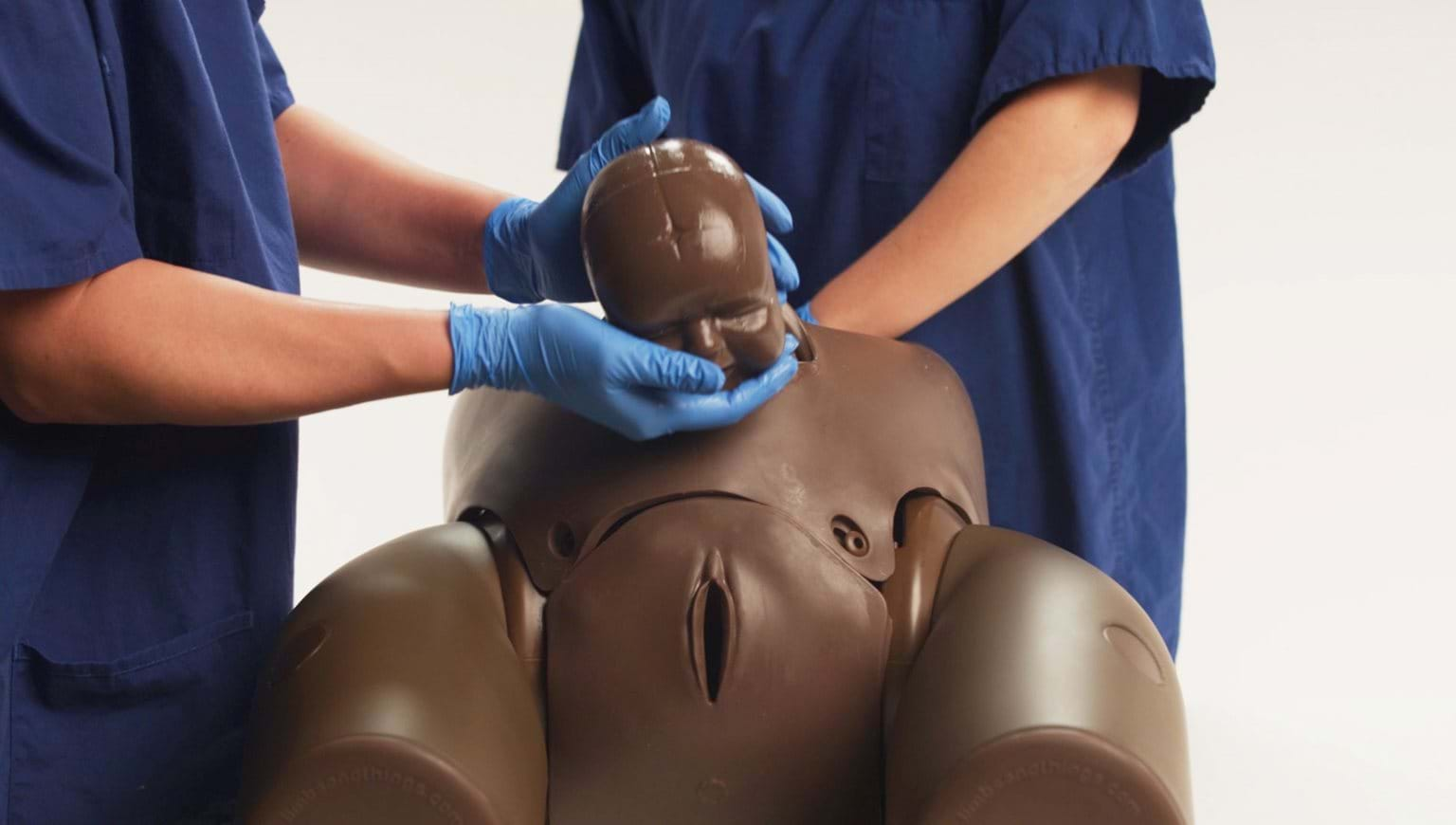News
Increasing Rates of Caesarean Section: Implications for Training
03 February 2022
Although there have been significant improvements in the techniques and skills needed to perform a Caesarean section in the past few decades, learning these skills takes time and persistent practice to master.

Caesarean delivery (also referred to as a C-section) is a surgical procedure used to deliver a baby through either vertical or horizontal incisions in the abdomen and uterus.
When considering the history of abdominal surgery, Caesarean section is noted as the oldest type, with original operations considered to be an “exclusively lethal operation for the mother, performed to save the newborn’s life from dead or dying mother.”1 In the early 1800’s, 60%-100% of mothers died after Caesarean section. In the early 1900’s, although improved, statistics still showed that 25% of mothers and 24% of infants died after Caesarean delivery, mostly from infection.1 Current statistics show a much better overall global picture, with less than 1% maternal mortality and 1.9% neonatal mortality after Caesarean section, but it should be noted that some developing countries have higher rates.2
In recent years, there has been a surge in the numbers of C-Sections performed in countries around the world. According to the World Health Organization (WHO), “Worldwide Caesarean section rates have risen from around 7% in 1990 to 21% and are projected to continue increasing over this current decade. If this trend continues, by 2030 the highest rates are likely to be in Eastern Asia (63%), Latin America and the Caribbean (54%), Western Asia (50%), Northern Africa (48%) Southern Europe (47%) and Australia and New Zealand (45%).3 The trend is troubling, especially for the C-Sections being carried out unnecessarily. Dr. Ian Askew of the WHO states “Caesarean sections are absolutely critical to save lives in situations where vaginal deliveries would pose risks, so all health systems must ensure timely access for all women when needed. But not all the Caesarean sections carried out at the moment are needed for medical reasons. Unnecessary surgical procedures can be harmful, both for a woman and her baby.”
A growing concern in developed countries such as the USA and the UK is the increased risk of maternal mortality for black, mixed ethnicity, and Asian women. Recent literature shows that black women are “four times more likely to die in pregnancy and childbirth that white women”5. A study published in January 2022 finds that “In first-time live births, healthy African-American and Hispanic mothers were 21% and 26% more likely than White mothers, respectively, to deliver by Caesarean section despite being low risk.”4 And, while the study doesn’t explore the reasons for the increase in this population, Dr. Debbink hypothesizes “that the difference likely stems more from differing treatment of Black or Hispanic individuals during labor.”
Interestingly, while the number of operative vaginal deliveries (those requiring 2nd stage forceps or vacuum assistance) is declining,7 the number of 2nd stage (fully dilated) Caesarean deliveries is now on the rise, estimated to be 2.5% of all women who reach full dilatation.8 This shift also brings about an increase in the potential number of complicated deliveries, including deeply impacted fetal head cases which requires a special skill set to deliver safely.
Although there have been significant improvements in the techniques and skills needed to perform a Caesarean section in the past few decades, learning these skills takes time and persistent practice to master. A study by Madsen et. al states “determination of trainees’ technical skills level is dependent upon subjective faculty assessment. Based on three studies on learning curves in Caesarean section, it is recommended that trainees perform between 10–15 and 40 supervised Caesarean sections before operating independently.”6 Furthermore, complications after surgery have been studied and show that mothers having a Caesarean section performed by a junior trainee were much more likely to suffer from a major obstetric haemorrhage and were also “associated with a significantly higher risk of postoperative maternal complications.”6
When developing a plan for teaching postgraduate obstetric trainees, it is imperative that demonstration of fundamental skills be mastered first, followed by an understanding of each step in performing a Caesarean section using current evidence-based research, including potential complications, such as breech, transverse lie, or impacted fetal head. To ensure patient safety, “trainees/residents must demonstrate predefined standardized technical and nontechnical skills before they are allowed to operate without a supervising senior surgeon.”6
The updated Caesarean Section Module from Limbs & Things represents a practical and versatile training platform which allows trainees to practice the core skills related to routine and complicated C-Section delivery. Its versatility is further enhanced by its ease of use with the Birthing Simulator PROMPT Flex, which can simulate a variety of obstetric emergencies in a safe, controlled environment.
For more information on how the Birthing Simulator PROMPT Flex, the C-section module, and other optional modules can enhance your training experience, please contact us by clicking here.
1 Kulas T, Bursac D, Zegarac Z, Planinic-Rados G, Hrgovic Z. New Views on Cesarean Section, its Possible Complications and Long-Term Consequences for Children's Health. Med Arch. 2013;67(6):460-463. doi:10.5455/medarh.2013.67.460-463
2 NPR: The Risks of a Cesarean Section
3 WHO: Caesarean section rates continue to rise, amid growing inequalities in access.
4 Debbink et.al. Racial and Ethnic Inequities in Cesarean Birth and Maternal Morbidity in a Low-Risk, Nulliparous Cohort. Obstetrics & Gynecology: January 2022 - Volume 139 - Issue 1 - p 73-82.
5 Black Women in UK four times more likely to die in pregnancy and childbirth
6 Educational strategies in performing cesarean section
7 Stat Pearls: Forceps Delivery
8 Incidence of second stage (fully dilated) caesarean sections and how to best represent it


